Sewing wide drapery panels
Louise54
18 years ago
Featured Answer
Sort by:Oldest
Comments (30)
hoerlel
18 years agoLouise54
18 years agoRelated Professionals
Camarillo Furniture & Accessories · Cartersville Furniture & Accessories · Chicago Furniture & Accessories · Wichita Furniture & Accessories · Fort Carson Furniture & Accessories · Robbinsdale Furniture & Accessories · Lake Magdalene Furniture & Accessories · Gloucester City Interior Designers & Decorators · Little Egg Harbor Twp Interior Designers & Decorators · Mansfield Furniture & Accessories · Reston Furniture & Accessories · Ventura Furniture & Accessories · West Palm Beach Furniture & Accessories · Carson Furniture & Accessories · Ossining Staircases & Railingshoerlel
18 years agobfletcher1
18 years agobug_key
18 years agoLouise54
18 years agomaders
18 years agoRed_Confetti
18 years agokasiaw
18 years agoLouise54
18 years agoRed_Confetti
18 years agoRed_Confetti
18 years agoLouise54
18 years agoxstpenguin
18 years agoLouise54
18 years agoLouise54
18 years agoshadylady2u
18 years agoLouise54
18 years agoshadylady2u
18 years agoclt3
18 years agoLouise54
18 years agoclt3
18 years agoshadylady2u
18 years agofabricjunkie2
16 years agoinexperience
16 years agoinsane_angel56_hotmail_com
15 years agoThomasjacob
11 years agolenitacustoms
2 years agolenitacustoms
2 years agolast modified: 2 years ago
Related Stories
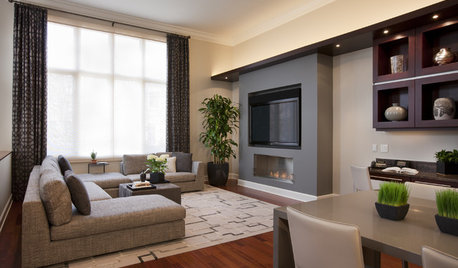
WINDOW TREATMENTS13 Ways to Dress Wide Windows
Make the most of your wall of glass with window treatments that balance privacy and light
Full Story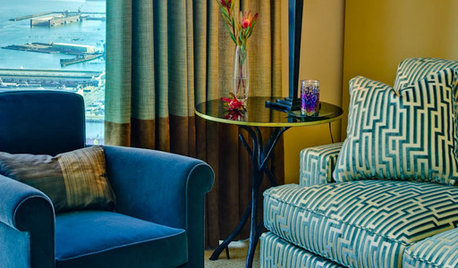
DECORATING GUIDESDesigner Details: Banded Drapery Panels
Bands of Color Add Custom Appeal to Your Window Treatments
Full Story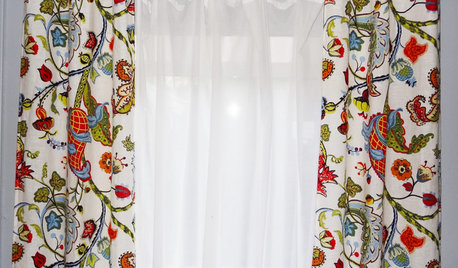
DIY PROJECTSSew a Pair of Easy Sag-Top Curtains
Create a custom window treatment on the cheap with this simple DIY curtain panel project
Full Story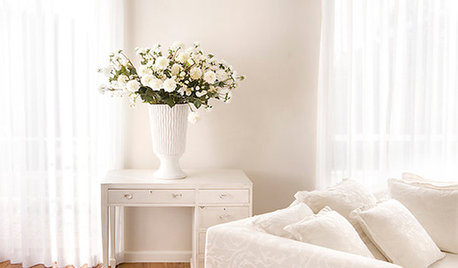
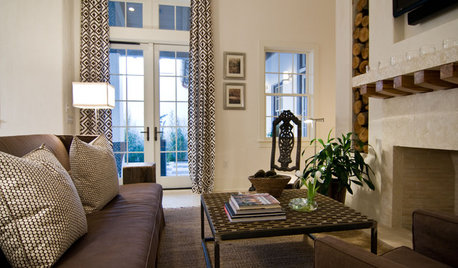
WINDOW TREATMENTSThe Case for Stationary Draperies
Curtains that open and close are great in some situations, but stationary draperies can give you a better view (and save money too)
Full Story
DECORATING GUIDESThe Art of the Window: Drapery Solutions for Difficult Types and Shapes
Stymied by how to hang draperies on a nonstandard window? Check out these tips for dressing 10 tricky window styles
Full Story
WINDOW TREATMENTSThe Drapery Diary: The Case for Custom
Use this handy guide to discover the ins and outs of customized drapery
Full Story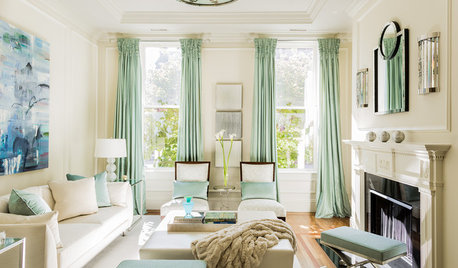
WINDOW TREATMENTSThe Drapery Diary: Tab and Tie Tops
Discover the best ways to work these casual curtain styles into your home
Full Story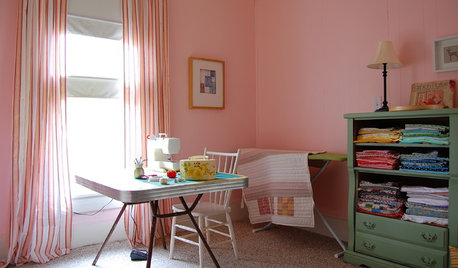
STUDIOS AND WORKSHOPSA Stitch in Time: Creative Sewing Spaces
Sewing rooms have become popular again as people of all ages embrace simple crafts they can do at home
Full Story
PAINTINGKnotty to Nice: Painted Wood Paneling Lightens a Room's Look
Children ran from the scary dark walls in this spare room, but white paint and new flooring put fears and style travesties to rest
Full StoryMore Discussions






TShirk